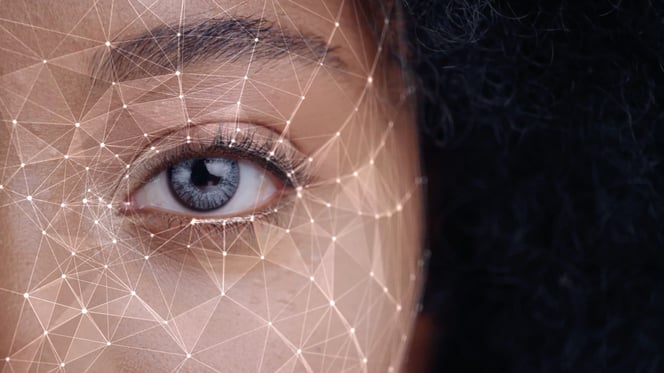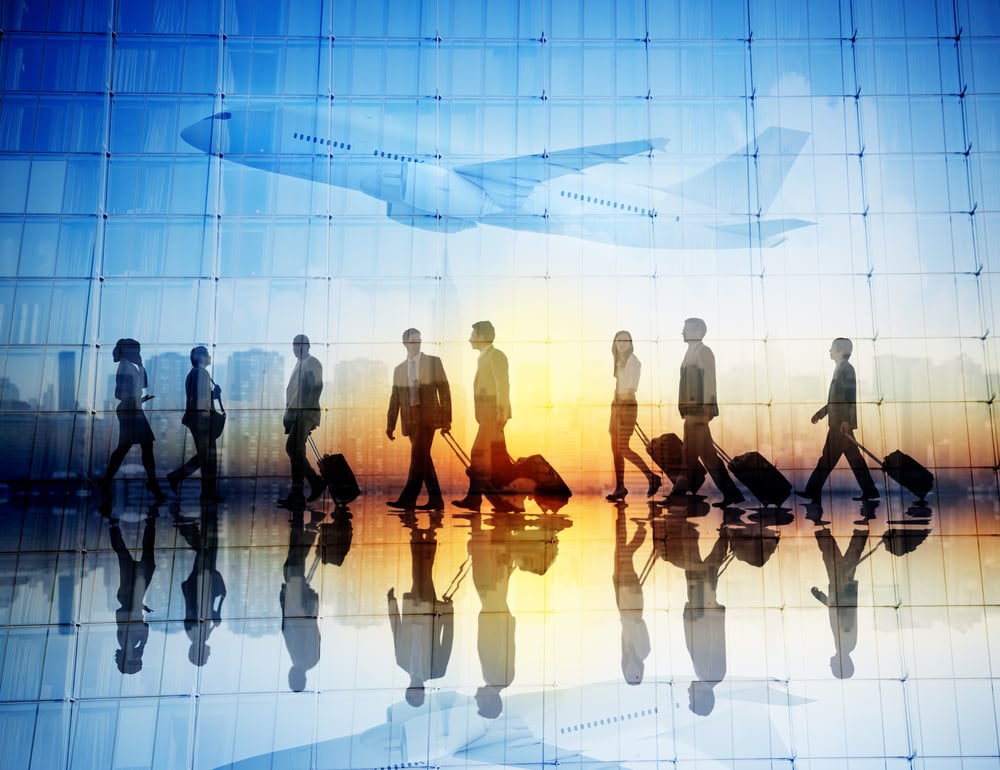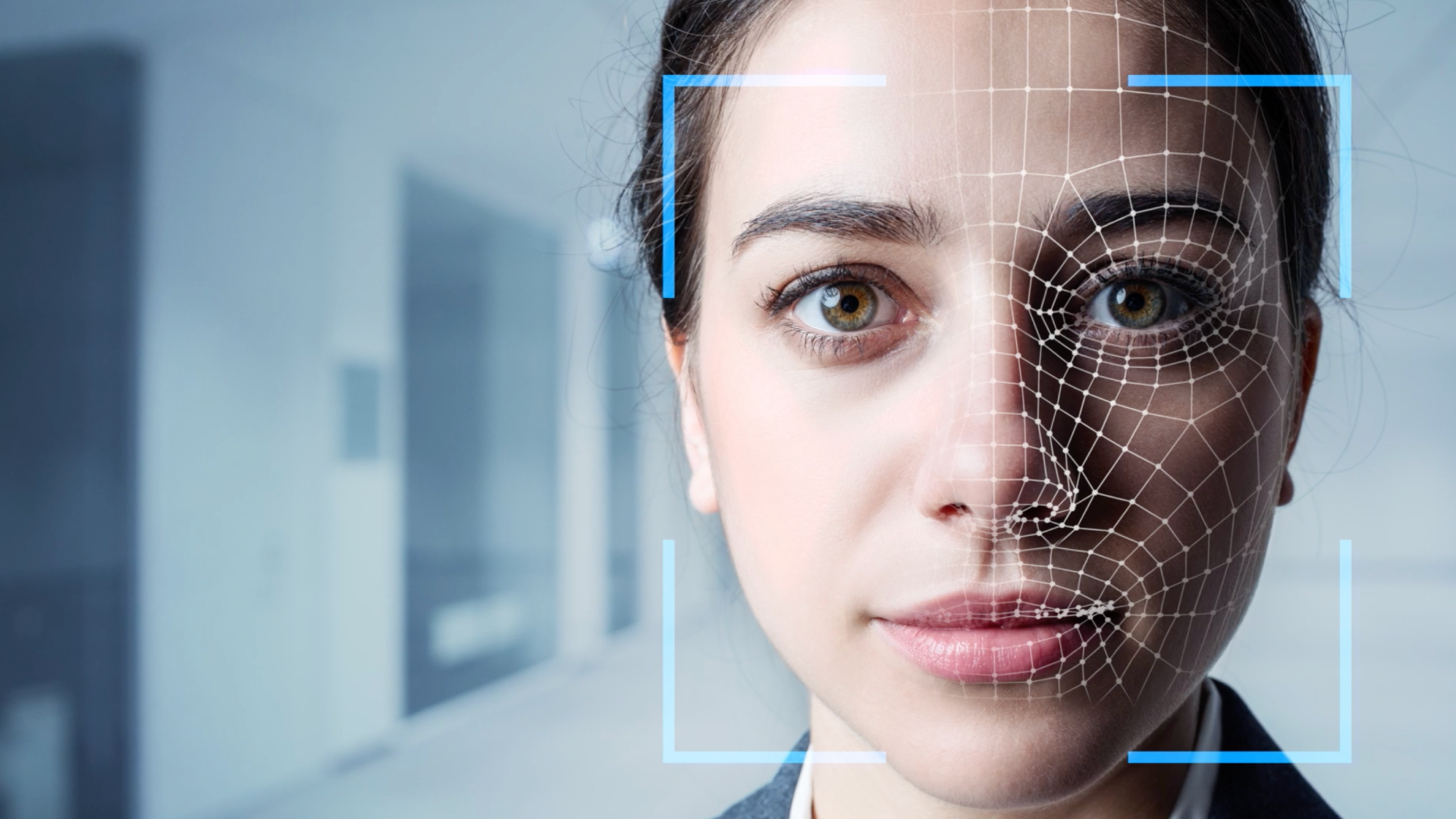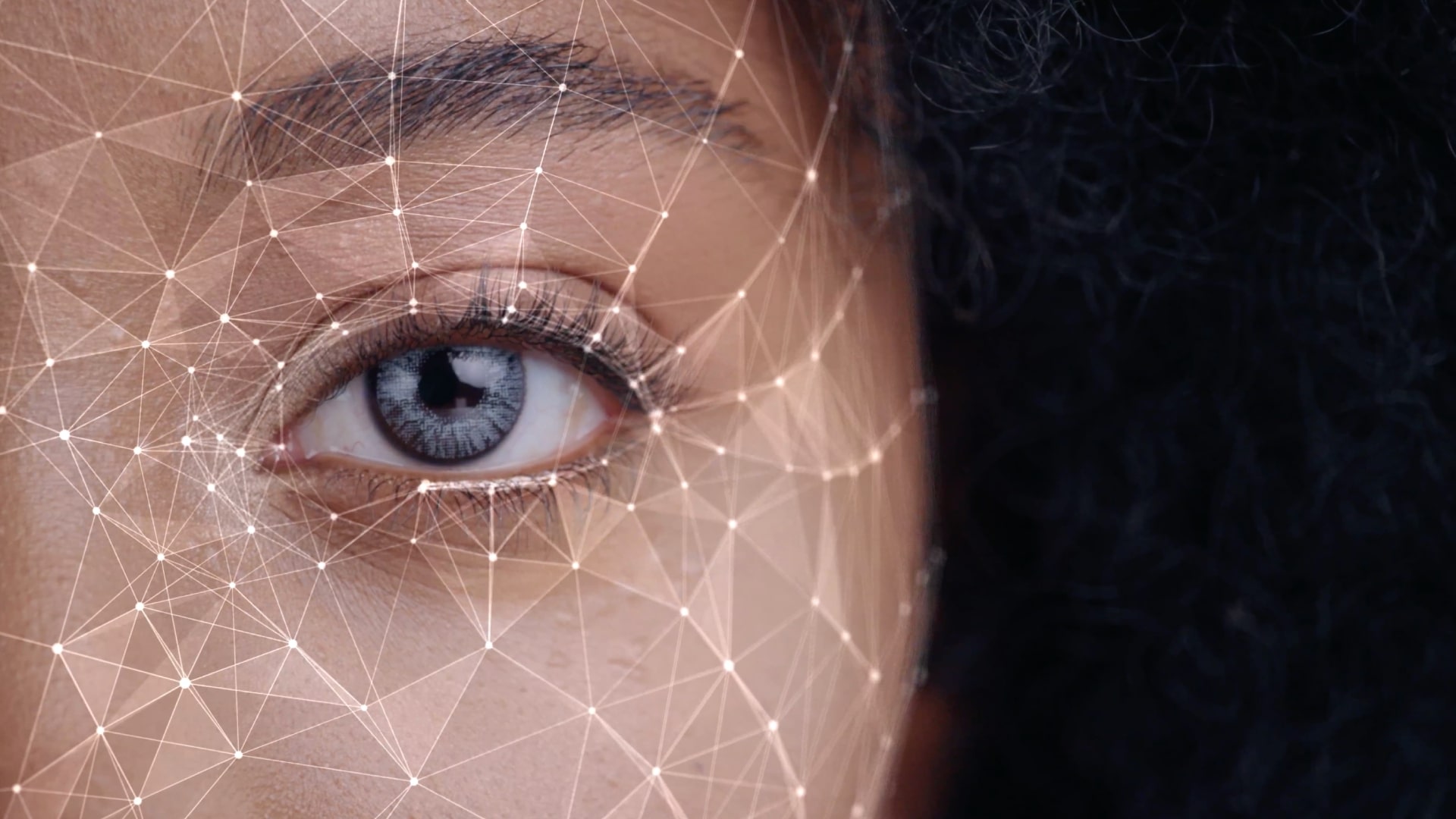Facial Recognition – a real improvement for the whole travel ecosystem

By using facial recognition, digital identity management, and data analytics on interoperable systems, Airports, Airlines, and Border Forces can provide customised travel journeys that increase passenger satisfaction and loyalty to the stakeholders in the air travel ecosystem.
For travellers, biometrics, facial recognition and related technologies help to facilitate pleasurable and seamless travel experiences, in which passengers can spend less time in queues and more time enjoying what airports have to offer in terms of services, retail, and amenities.
However, the extent to which facial recognition makes this possible goes only as far as the accuracy of the technology itself. Facial recognition systems typically compare a digital image or video frame to a database of faces, by matching physical features and/or skin textures.
Accurate matching enables air travel stakeholders to fit faces to identities and to determine an individual’s status with respect to various criteria relating to their freedom to move around the airport ecosystem. So accurate and unbiased facial recognition enables Airports, Airlines, and Border Forces to evaluate whether an individual is a legitimately registered traveller with a valid visa, a member of an airline’s loyalty scheme, and so on.
In cases where a facial recognition system fails to accurately identify a traveller, the individual may be denied rights and privileges that they are actually entitled to enjoy. At the other end of the scale, failure by the facial recognition system to identify a person with a known criminal or terrorist history could potentially have catastrophic consequences.
So the onus is on Airports, Airlines, and Border Forces to get their implementation of facial recognition absolutely right. Moreover, biometric identification algorithms, which is the same as Facial Recognition algorithms, must perform in the same way regardless of the populations’ age, gender or ethnic group.
The Issue of Algorithmic Bias in Facial Recognition
Facial recognition and biometrics are heavily dependent on emerging technologies such as Artificial Intelligence (AI) and Machine Learning (ML). The learning aspect of AI and ML programming centres on the acquisition of data, and the creation of rules governing how to make that information actionable. These rules are contained in algorithms, which provide step-by-step instructions on how to complete specific tasks.
Based on preconceived ideas about a certain person or group (known as cognitive bias), or due to a lack of sufficient data to adequately represent an entire population or target audience, facial recognition algorithms may become subject to bias. Algorithmic bias in facial recognition can result in unfair outcomes which show bias to a select group of individuals, at the expense of other groups.
Facial recognition technology is still evolving, and early researchers found that leading facial recognition algorithms have different accuracy rates for different demographic groups. This was first brought to light in a 2003 report by the National Institute of Standards and Technology (NIST), which found that female subjects were more difficult for algorithms to recognise than male subjects, and young subjects more difficult to recognise than older subjects.
In 2018, researchers from the Massachusetts Institute of Technology (MIT) and Microsoft conducted a study which revealed that gender classification algorithms (which are related to, but distinct from pure facial identification algorithms) had error rates of just 1% for white men, but almost 35% for dark-skinned women.
A subsequent study by NIST in 2019 demonstrated that a majority of facial recognition algorithms exhibit demographic differences in both false negative rates (rejecting a correct match) and false positive rates (matching to the wrong person). NIST observed that Asians, African Americans, and Native Americans generally had higher false positive error rates than white individuals. In addition, women had higher false positive rates for facial recognition than men, and children and the elderly had higher false positive rates than middle aged adults.
Encouraging news for facial recognition advocates is NIST’s conclusion that as facial recognition systems continue to improve, the effects of bias will be reduced. Furthermore, bias in facial recognition can be eliminated entirely with the proper algorithms and software development processes.
What All This Means for Air Travel Stakeholders
For Airports, Airlines, and Border Forces that deploy the technology, Facial Recognition and biometric algorithms must perform in the same way, regardless of the populations’ age, gender or ethnic group. If the facial recognition algorithm performance changes because the input variables are different (i.e., skin colour) it means the algorithm is biased and only works with specific inputs. If that happens, it won’t bring confidence to people and it can dramatically impact the digital travel experience.
Properly implemented, facial recognition helps to speed the passage of travellers along the journey and provides opportunities to personalise and enhance their travel experience. By collecting and analysing traveller information within the biometric facial recognition ecosystem, Airports, Airlines, and Border Forces are empowered to provide customised travel journeys that can increase passenger satisfaction and loyalty to the stakeholders in the air travel ecosystem.
Having an unbiased Facial Recognition algorithm implemented in the back end will allow Airports, Airlines and Border Forces to be in the vanguard of the market.
How Choosing the Right Technology Partner Helps Stakeholders Eliminate Bias in Facial Recognition
Being able to process all passengers in the same way regardless of their age, gender or ethnic group requires Facial Recognition algorithms that address all these variables by nature, so that everyone can be processed without any issues.
Vision-Box Facial Recognition (FR) is an engine based on state-of-the-art deep learning technologies and computer vision algorithms for face processing and matching. The Vision-Box Facial Recognition (FR) engine is built on an algorithm that is agnostic and compliant with all required references and is continuously evaluated by NIST (the National Institute of Standards and Technology). At Vision-Box, the full-face processing pipeline, which is composed of detection, landmark extraction, image and face quality estimation, segmentation and templatisation, shows good performance stability with regards to demographic differentials.
Vision-Box Facial Recognition (FR) is an integral capability of Vision-Box’s Seamless Journey Platform which enables the centralised management of travellers’ identities, allowing for the use of a biometric single token across the different touchpoints on the traveller's journey. Within the Seamless Journey Platform, Vision-Box Facial Recognition (FR) acts as a native biometric service, providing trusted digital identity, biometric recognition technology and a collaborative identity management platform accessible to various authorised stakeholders. This enables our customers to strike a delicate balance between passenger throughput, user experience, and security.
Conclusion
Using facial recognition technology gives stakeholders the ability to reserve manual inspection and physical contact activities only for those instances where red flags in the system or exceptional circumstances demand human intervention. Facial recognition enhances the traveller experience through the reduction of stress and the increase in speed and convenience.
As governments and travel operators continue to evolve their operating models, there is strong demand for the industry to improve facial recognition engines as a requisite to enabling contactless solutions. In this atmosphere, Airports, Airlines, and Border Forces all need to implement agnostic, unbiased Facial Recognition algorithms so every passenger can travel in a seamless, non-stop, fully digital way. Deployment of an unbiased facial recognition system by the stakeholders will not only instill confidence in the travelling public -- but it can also dramatically improve the digital travel experience.
Publish date: May 2022







